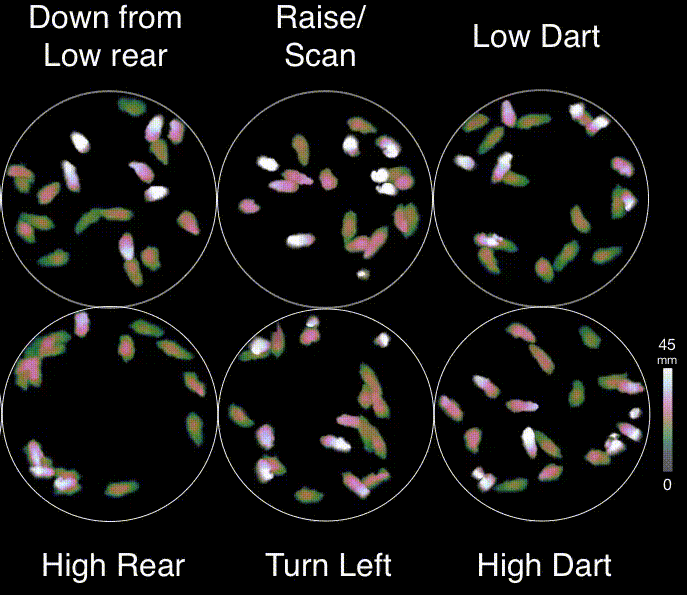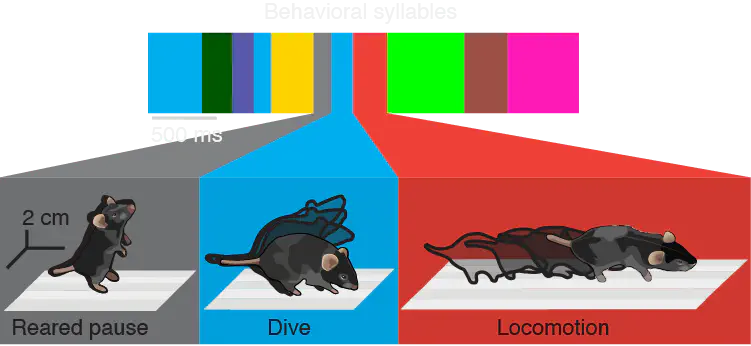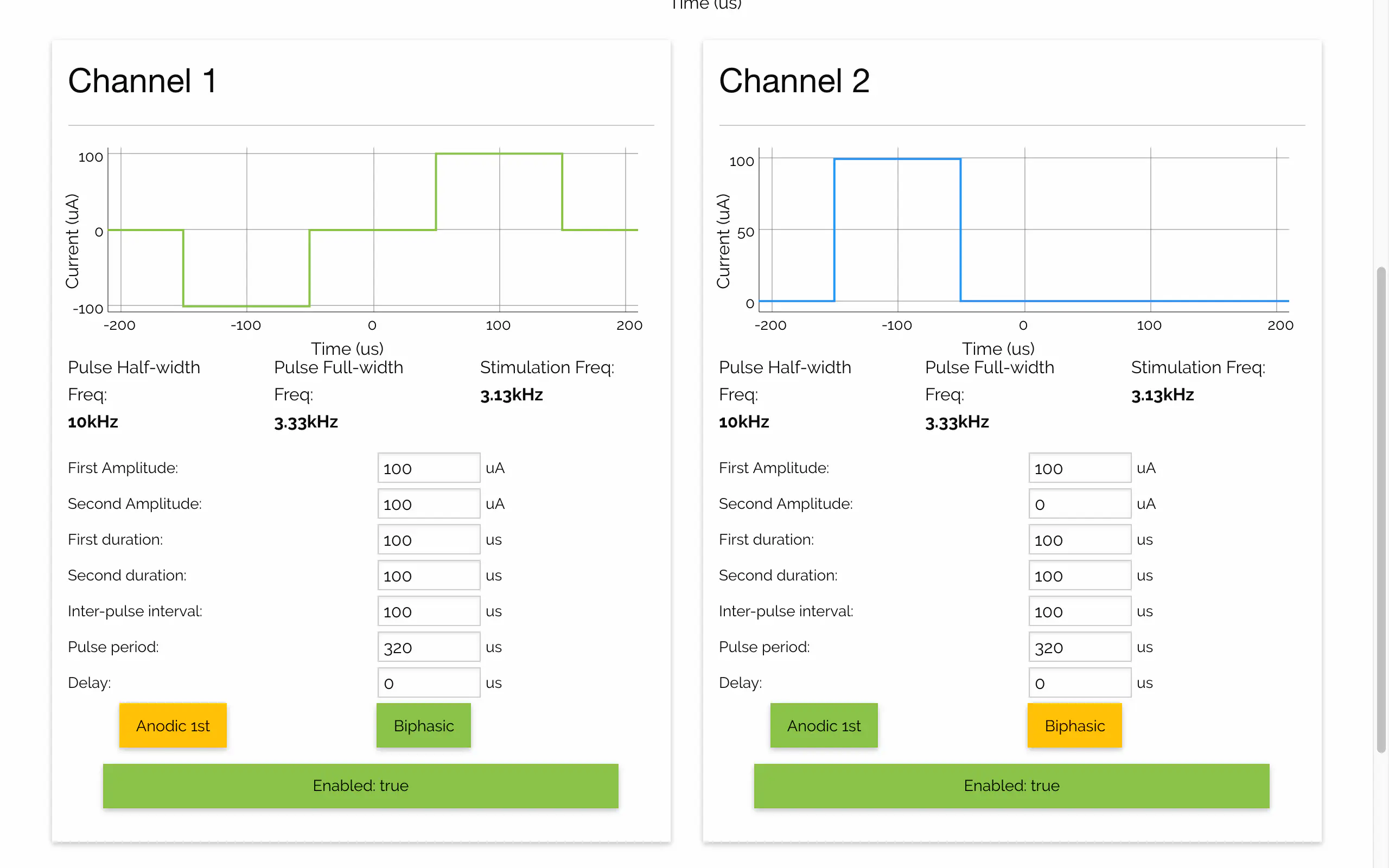Software, firmware, hardware
Background
Back in 2012, I followed the newly constructed and free Codecademy course that taught the fundamentals of programming through javascript. The lessons were sparse and short, but enough to fuel my excitement to explore the new world of possibilities software development provided.
Over the years, I’ve developed expertise programming with the following languages, ordered by comfort level: 1) python, 2) javascript, 3) julia, 4) c, 5) matlab, and gathered experience in other languages such as lua, clojure, groovy, c# and go. There are similarities many languages share making it easier to take up a new language, but also differences that make some languages a better choice to solve certain problems. I’ve had fun thinking about how languages and their accompanying frameworks are best suited to solve different problems.
I’ve continued to practice software engineering and other programming-adjacent skills in college and graduate school.
Graduate school projects
The following software projects showcase some of the software engineering projects I have worked on and managed. In addition to writing software packages, I have
- built circuits infused with Arduino and Teensy microcontrollers to talk with experimental equipment like lasers or to synchronize independent streams of data like neural recordings and videos of mouse behavior.
- developed modeling pipelines to fit deep neural networks from a large pool of training samples.
- produced robust analysis and visualization pipelines to generate the figures in my publications (example here).
MoSeq v2
In 2015 the Datta lab published a paper describing a probabilistic model that decomposes mouse behavior into stereotyped motifs of action, which the lab calls MoSeq (short for Motion Sequencing). We wanted to share our model along with the pipeline used to acquire, pre-process, and model the data. However, as with all research code written to publish a paper, the first version was quite difficult for other labs to use and install.

Building off of Jeff’s work laying out the scaffolding for an easy-to-use version of the MoSeq pipeline, I lead a team of software engineers to turn the MoSeq pipeline into a user-friendly ecosystem that includes:
- a suite of python packages to go from video recordings all the way to labeled actions
- expansive documentation (in the form of a wiki) that describes each step of the pipeline, along with formal documentation for each function defined in the package suite
- example Jupyter notebooks that show how to use the MoSeq pipeline, along with visualizations that show the consequences of changing parameters
- a protocol paper explicitly outlining the steps to run the pipeline
- a website detailing how to get access to the private GitHub repositories that house the MoSeq codebase and documentation

Real-time MoSeq
In 2018-2019, Jeff Markowitz and I developed a version of MoSeq that can identify the motifs of action mice produce (the Datta lab calls them “syllables”) in near real-time (within 50ms). We developed this technology in order better understand if the mouse brain contains information about syllables and if syllable expression can be modified, like reinforcing syllable expression by delivering reward.
In the companion paper, we found many interesting relationships between spontaneous dopamine (DA) release and behavior, which led us to manipulate DA release in real-time to understand if it is driving changes to behavior, or just reflecting those changes.

Projects before graduate school
Consulting: wireless control of peripheral nerve stimulation
As a consultant, I co-engineered a front-end user interface to monitor and control wireless peripheral nerve stimulators via bluetooth. The interface allows a user to select various stimulation patterns and tracks and manages the various stimulator devices connected to the app.

Hobby projects and other
- I created this website (plus the styling) using Hugo and github pages.
- I created a system to automatically parse sound files for birdsong as they were generated – it heavily relies on Jeff Markowitz’s scripts which does the sound processing heavy-lifting
- A free Android app called Maybe Later (NOTE: it’s not available on the Android app store any more)
- If you ever find yourself wanting to remember small things but don’t want to schedule a time to remember it, then this app is for you! It will randomly send your reminder any time within a day, week, or month.